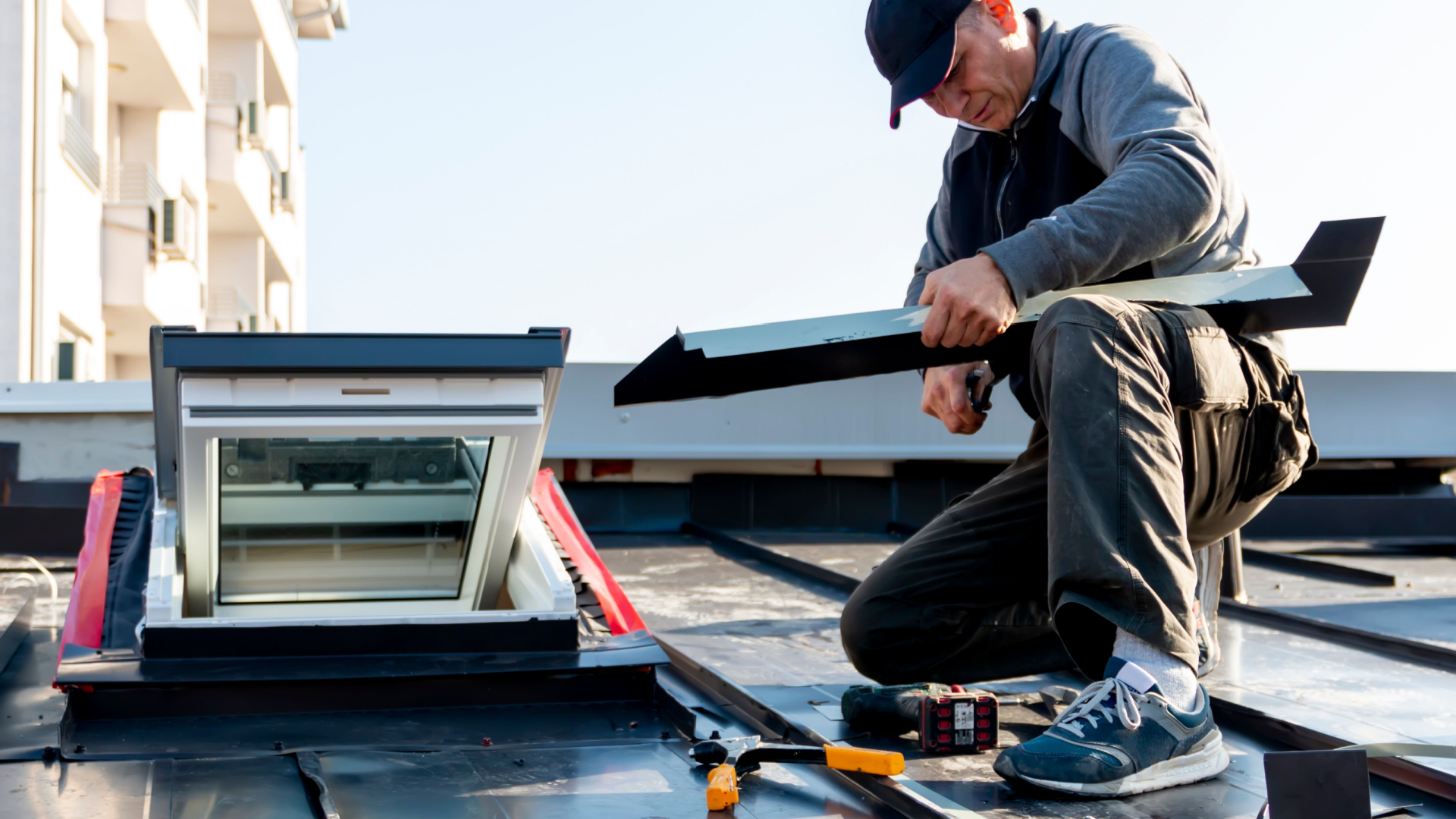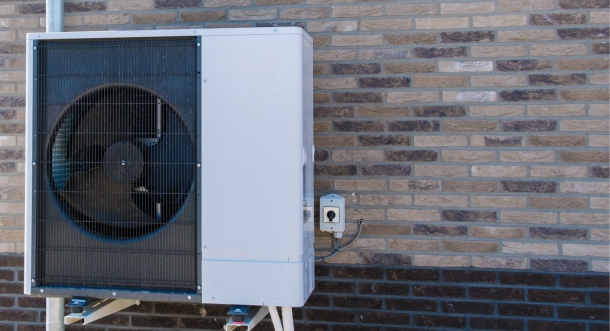Comparing Sheet Metal Joint Sealing Options: Tape vs. Sealing Compounds

When you’re working with sheet metal, whether it’s ductwork, panels, or any other application, the question of how to seal the joints always comes up. It might not be the flashiest part of the job, but it matters. A poor seal can lead to leaks, corrosion, wasted energy, and even safety issues down the road. In Ontario, where temperature swings and humidity can test any installation, the choice of sealing method makes an even bigger difference.
The two most common options are sealing tape and liquid or paste-based compounds. On the surface, they both promise the same thing: a tight, reliable seal. But in practice, they perform quite differently, and the better option depends on the job at hand.
Tape: Quick, Clean, and Familiar
Most sheet metal workers are comfortable with tape. It’s quick to apply, doesn’t require extra tools, and gives you instant coverage. Aluminum foil tape, for example, is a staple in HVAC installations. It sticks well to clean surfaces, holds up under heat, and gives you a finished look that’s easy to inspect.
The downsides? Tape can be unforgiving if the surface isn’t prepped properly. Dust, oil, or even a little moisture will weaken the bond. Over time, especially if the system experiences vibration or big temperature changes, some tapes can peel or lift at the edges. That doesn’t mean tape is a bad option—it just means it needs to be used in the right setting and with the right prep.
Sealing Compounds: Messier but More Durable
Sealing compounds, sometimes called mastics, are a different approach. Instead of laying down a strip, you brush, spray, or trowel the compound directly onto the joint. Once it cures, you’re left with a flexible but strong seal. Good mastics resist cracking, handle pressure changes, and stand up better against long-term vibration.
The trade-off is that compounds are messier and take more time to apply. You’ll need to factor in drying or curing time before moving on, which can slow down a tight schedule. That said, for permanent systems where durability is the top priority—think industrial ductwork or outdoor applications—compounds often outperform tape in the long run.
How to Decide
So which one’s better? The truth is, it depends. If speed and ease of application are your top concerns, tape is hard to beat. It’s especially useful in residential settings or smaller jobs where appearance matters and access is limited. On the other hand, if you’re sealing a system that needs to hold up for decades, or one that will be exposed to extreme conditions, sealing compounds usually pay off in performance and durability.
The best approach might even be a mix. Some contractors apply tape over compound to get the advantages of both strong underlying seal with a neat finished surface.
Bottom Line
Choosing between tape and sealing compounds isn’t about one being right and the other wrong. It’s about the specific job, the environment, and the expectations for performance. In Ontario’s climate, with cold winters and hot, humid summers, the stakes are higher than in milder regions. Taking the time to match the sealing method to the project can save money, energy, and frustration later on.
MORE ARTICLES

Heat Pump vs. Gas Furnace : How to Guide Homeowners Through the Decision
Choosing between a heat pump and a gas furnace can feel overwhelming. For homeowners, it’s about finding a solution that balances comfort, cost, and sustainability. For professionals, it’s about guiding clients through that decision with clear explanations, technical expertise, and product knowledge.
READ MORE
Do Cold Climate Heat Pumps Make Sense for Southern Ontario?
As Southern Ontario faces the dual challenges of harsh winters and rising energy costs, many homeowners are exploring alternative heating solutions. Among the most talked-about options are cold climate heat pumps (CCHPs). These advanced systems promise year-round…
READ MORE
Why Are A2L Refrigerants Better for the Environment and the Future of the HVAC Industry?
As the HVAC industry undergoes a significant transition toward sustainability, A2L refrigerants are emerging as a key solution for reducing environmental impact.
READ MORE



